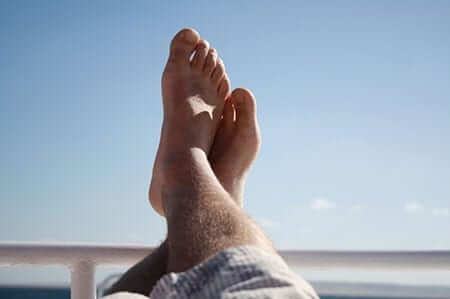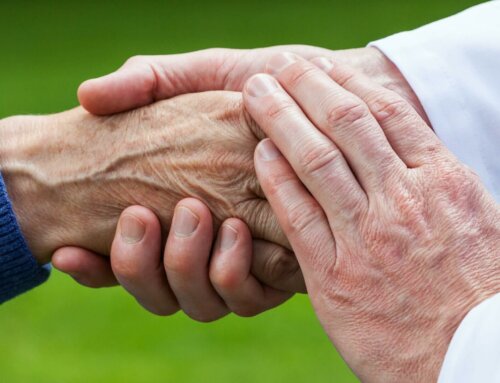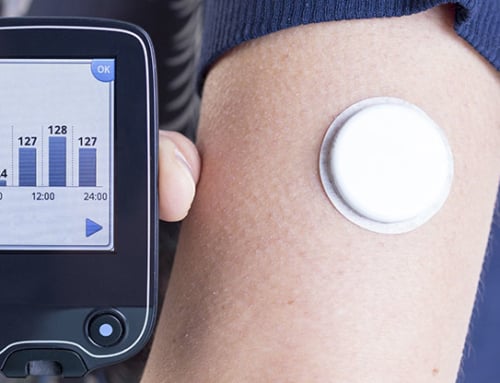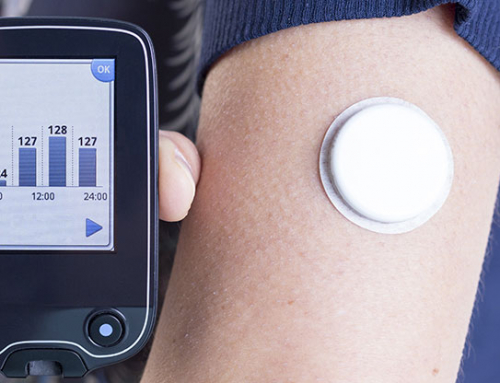Proper foot care is essential for people with type 1 diabetes. Patients with diabetes may be prone to neuropathy, peripheral artery disease and other related complications. Discover simple ways to take care of your feet that help you to avoid possible problems.
- Check your own feet daily prior to washing them. Make sure to use a mirror if you can not physically see the soles of your feet. Never pop blisters or do your own minor surgery. Keep your feet clean at all times. Wash and dry them each day. Use a mild soap and warm water. Pat them dry with a soft towel and never rub your feet. Dry properly between the toes. Make sure they are totally dry then apply lotion to help prevent cracking especially on the heel. Avoid putting lotion in the areas between your toes. Use powder between the toes to reduce perspiration.
- During routine medical examinations, take off your shoes and socks so the doctor can check your feet. They will check for cuts, sores, scratches, blisters, dry skin, redness, tenderness, hot spots, fungus, calluses, corns and ingrown toenails. Consult a special foot doctor called a podiatrist if you have problems or concerns.
- The best time to clip your toenails is after a bath or shower when they are the softest. Cut them straight across then smooth the edges with a nail file. Never cut your cuticles or the areas near the corners of your toes. A podiatrist can cut your toenails about every 3 months if you are anxious, have poor vision, decreased circulation or nerve problems. You are entitled to see a podiatrist if you have Medicare or a Medicare Advantage plan. You are also entitled to a new pair of diabetes friendly shoes each year thru your podiatrist.
- Always wears shoes or slippers and never go barefoot. Wear water shoes by the pool or at the beach and hard-soled slippers before bed. Have your feet measured to ensure your shoes fit properly. Stay away from shoes that could squeeze your feet including pointy toes and high heels. Break in new shoes by wearing them for just an hour or two each day until they feel comfortable. Stay away from open-toed shoes or sandals especially when your blood sugars are out of control since they maximize the potential for infections or injuries. Wear shoes that protect your feet from the weather conditions such as boots in the show or rain. Invest in special shoes if your doctor recommends them. Check inside your shoes before you slip into them to make sure there are no rough spots or foreign objects.
- Change your socks each day and consider wearing comfortable diabetic socks and diabetic shoes. Wear your usual socks when you try on shoes. Stay away from tight socks that could restrict your circulation and cause additional problems when you have diabetic neuropathy. Get socks made from natural fibers such as wool and cotton. A material blend helps wick away perspiration.
- Always wear the proper shoes for exercising, such as running shoes when you go walking or jogging. Never exercise with open cuts or sores. Consult with your doctor to find out what type of exercise might be appropriate while your feet heal.
- Foot complications are common for people with diabetes and self-care is essential. Complications may include bunions, ulcers, foot deformities and the fungal infection referred to as athlete’s foot. Poor circulation can lead to damaged blood vessels with reduced blood flow to your feet. This can lead to ulcerations and more. Certain fungi and bacteria thrive on the high blood sugar levels and infections can break down the skin. Neuropathy can reduce the sensation in your feet making you unable to notice pressure or pain. Remember to check your feet carefully each day and schedule at least an annual foot examination.
We depend on our feet to help us get around. Pay attention to your feet each day to avoid complications and keep them healthy. Your feet will serve you well with the right care and treatment.







Leave A Comment